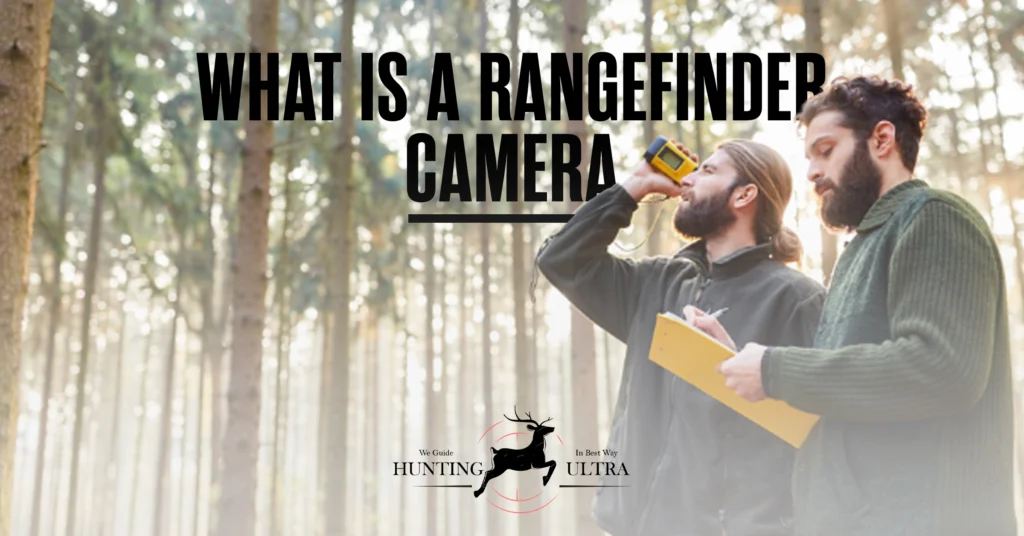Deer, known for their grace and beauty, often leave us wondering about their lives in the wild. One question that frequently arises is, “Where do deer sleep at night?” In this comprehensive guide, we’ll explore the sleeping habits of deer, shedding light on the fascinating world of these creatures. From their preferred sleeping locations to the reasons behind their choices, we’ll delve into every aspect of deer’s nightly slumber. So, let’s embark on this journey to uncover the secrets of where and how deer sleep at night.
Where Do Deer Sleep at Night
Deer are known to be crepuscular animals, meaning they are most active during dawn and dusk. Their sleep patterns reflect this behavior. When it comes to sleeping, deer have specific preferences.
In the Thickets: Natural Camouflage
One of the most intriguing choices of bedding ground for deer is the thicket. These dense, brush piles provide natural cover, effectively camouflaging deer against potential predators. Here, amidst the thorny underbrush and foliage, deer find a secure and safe haven to rest during the night.
Forest Floors: A Secure Retreat
Deer often opt for the forest floor as their bedding ground. The canopy of the forest offers a secure habitat, sheltering them from the elements. The forest floor, covered in leaves and dirt, serves as a comfortable bedding ground where deer can rest, ruminate, and conserve energy during the night.
Open Fields: Alert and Cautious
While it might seem counterintuitive, some deer choose open fields as their bedding grounds. In these environments, they maintain a cautious and alert disposition. Open fields allow them to keep a watchful eye on their surroundings and detect approaching predators. Energy conservation becomes a priority, as they remain poised for action.
Near Water Sources: A Vital Factor
Deer’s choice of bedding ground is often influenced by the presence of nearby water sources. Water not only quenches their thirst but also provides a quick escape route in case of danger, a vital predator-avoidance strategy.
The Night vs. Day Dilemma
Deer are crepuscular, which means they are most active during dawn and dusk. This behavioral trait extends to their sleeping patterns. While they primarily sleep at night, they may also take daytime naps when they feel safe. During daylight hours, energy conservation becomes essential, aligning with their cautious nature. You should read about Where Do Deer Sleep in the Winter and How To Get Deer To Come Out During The Day.
Deer Species and Their Habitat Preferences
Different deer species exhibit varying bedding ground preferences. White-tailed deer, for instance, often choose forested areas and fields, while mule deer thrive in open landscapes. Black-tailed deer find comfort in forested regions along the Pacific Coast, and red deer prefer woodlands and moorlands. The fallow deer’s habitat encompasses woodlands and grasslands, while sika deer favor coastal habitats. Reindeer and caribou adapt to Arctic tundra, while moose find solace in wetlands. Elk, with their large herds, rest in forests and meadows, emphasizing the importance of habitat diversity in wildlife conservation.
Conservation and Ethology
Understanding where deer sleep at night is not just a matter of curiosity; it holds significance in wildlife conservation and biodiversity. Deer’s choices reflect the interplay of ethology, ecology, and habitat conservation. As keystone herbivores, deer play a pivotal role in shaping ecosystems by controlling vegetation growth. By safeguarding their natural habitats and providing diverse environments, we contribute to the conservation of these majestic creatures and the broader biodiversity of their ecosystems.
FAQs
Checkout some important FAQs:
Do deer sleep standing up?
Deer can both lie down and sleep standing up, although they prefer to rest while lying down, as it allows for better energy conservation.
How many hours do deer sleep at night?
Deer typically sleep for short periods, usually just a few minutes at a time, remaining vigilant to potential predators.
Do deer sleep in groups or alone?
Deer may sleep in small groups, especially does with fawns. However, bucks are often solitary sleepers, highlighting their predator-avoidance strategy.
Are deer’s sleeping patterns affected by the seasons?
Yes, deer’s sleeping patterns can be influenced by seasonal changes, with more extended rest periods during the colder months to conserve energy.
Bottom Line
Understanding where do deer sleep at night is not only an interesting insight into their lives but also essential for wildlife enthusiasts and hunters. These magnificent creatures have adapted to their surroundings, selecting secure and comfortable locations to rest, always mindful of potential threats. Whether it’s the protective thickets, open grasslands, or the shelter of the forest, deer find ingenious ways to ensure their safety during their nightly slumber.
As you explore the world of deer, remember the importance of respecting their natural habitats and avoiding any disturbances. By doing so, you contribute to the preservation of these graceful animals and the ecosystems they inhabit.
Remember, the next time you encounter a deer, be it in the wilderness or your own backyard, you’ll have a deeper understanding of where they find solace in the quiet of the night.



